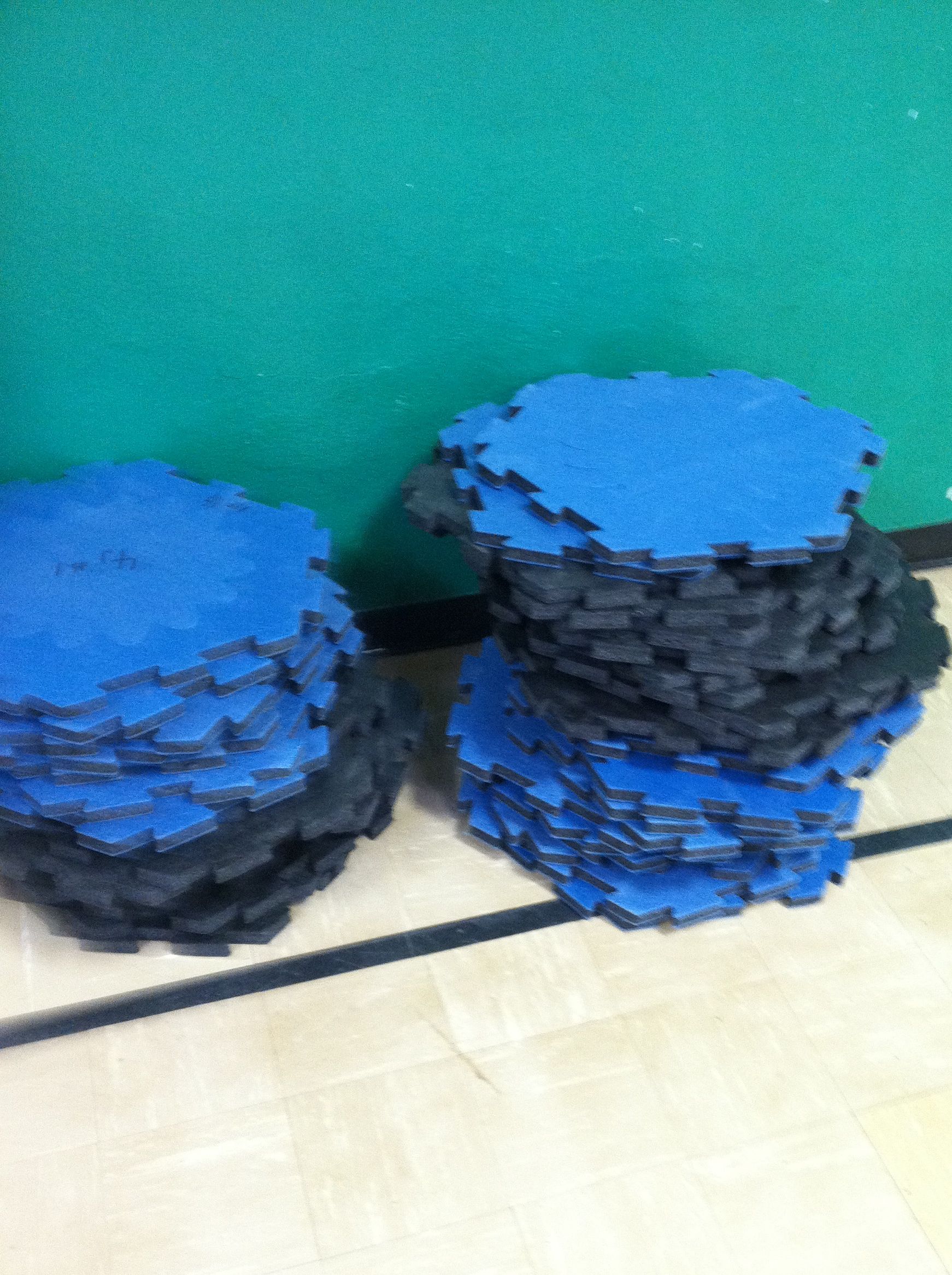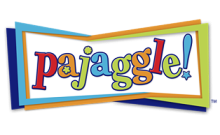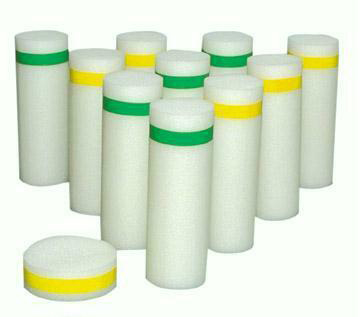Triple Shot Basketball
Setup and Equipment:
-
For the teacher led demonstration chose three or four students
-
The demonstration is important especially for the second shot of the three shots. (Shooting from the spot you rebound from)
-
Each of the four teams has one basketball and a polyspot to designate an approximate free throw.
-
Another option for this game is to use the terms “recreational” and “competitive”for different games, this allows students to choose the game that is the best match for their skills.
-
In a typical Gym class four groups line up in back of the free throw line and start shooting on the teacher’s signal.
Rules:
-
Each Player gets three shots
-
SHOT ONE: From inside the free throw line – worth three points.
-
SHOT TWO: Wherever you catch the rebound from – worth two points.
-
SHOT THREE: A layup – worth one point
-
After turn is completed, pass the ball to the next person in the line.
-
Groups add each player’s points to their total.
-
After two or three minutes the teacher calls the game and all of the group rotates to the next basketball hoop.
-
The scoring continues at each of the four designated hoops.
-
The goal is to get your team to score as many points as possible, though, as usual, the most fun wins.





